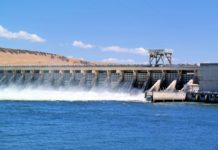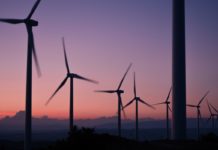Renewable energy comes from naturally renewing but flow-limited sources. Renewable resources have an almost infinite lifespan but have a finite amount of energy accessible per unit of time.
A large portion of renewable energy is also clean energy, which generates electricity without having an adverse effect on the environment, including the release of greenhouse gases like carbon dioxide. Wind energy, some hydropower, and solar energy production are all examples of clean energy.
The main categories of renewable energy include:
- Biomass
- Lumber and wood scraps
- Solid municipal waste
- Biogas and landfill gas
- Biofuels
- Hydropower
- Geothermal
- Wind
- Solar
What function does renewable energy have in America?
Up until the middle of the 18th century, almost all of the country’s energy requirements for lighting, cooking, and heating came from wood. Fossil fuels—coal, petroleum, and natural gas—have been the primary energy sources since the late 1800s and continue to be so today.
Up to the 1990s, the most popular renewable energy sources were hydropower and wood. Since then, the U.S. has consumed more energy from renewable sources like geothermal, solar, wind, and biofuels. In 2021, both the production and consumption of renewable energy in the US hit all-time highs.
About 12.16 quadrillion British thermal units (Btu) or 12 percent of the total energy used in the United States in 2021 were generated by renewable energy sources. About 59 percent of all renewable energy used in the United States in 2021 was consumed by the electric power industry, while about 20 percent of all electricity generated in the country came from renewable sources.
In terms of securing America’s energy supply and lowering greenhouse gas emissions, renewable energy can be crucial. Utilizing renewable energy can reduce reliance on fossil fuels, the main contributor to carbon dioxide emissions in the United States, and energy imports.
According to EIA’s projections for the Annual Energy Outlook 2022 Reference scenario, the United States will continue to use more renewable energy after 2050. The reference scenario generally presupposes that existing rules and regulations, especially those with expiration dates and those that have an impact on the energy sector, won’t change throughout the projection period. The AEO2022 does not address the potential consequences of proposed rules, laws, or standards.
If you are interested in more articles like this, here’s one about the pros and cons of fossil fuels.










